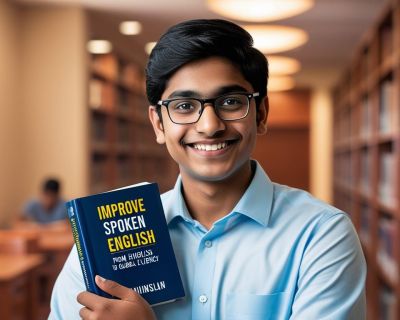If you’re preparing for the IELTS Listening Test in 2025, one of the most important question types you’ll face is True False Not Given questions in the IELTS Listening Test. These questions require you to identify whether the statements given are accurate, contradict the information, or are not mentioned at all in the audio. Mastering how to approach these questions is key to performing well and boosting your score.
In this article, we’ll discuss practical strategies that will help you effectively tackle True False Not Given questions in IELTS Listening Test and enhance your chances of achieving a top score.
Understanding True False Not Given Questions in IELTS Listening Test
Before diving into strategies, it’s essential to understand how True False Not Given questions in IELTS Listening Test work. Each question presents a statement, and your task is to determine if:
- True: The information in the statement aligns with the details heard in the audio.
- False: The statement contradicts the audio’s information.
- Not Given: The statement’s information is not mentioned at all in the recording.
Understanding these distinctions will help you navigate the test with confidence.
Strategy #1: Focus on the Main Ideas in IELTS Listening
To succeed, focus on the main points discussed in the audio is essential. Don’t get distracted by small details. Pay attention to the overall message, as this will give you clues about the accuracy of the statement.
For example, if the audio talks about the rise of renewable energy but doesn’t discuss a specific decrease in fossil fuels, a statement like “The use of fossil fuels is decreasing worldwide” would be classified as Not Given.
Strategy #2: Build Your Vocabulary and Use Context Clues
A strong vocabulary and understanding context clues are vital for answering True False Not Given questions in IELTS Listening Test. Often, the test will paraphrase information from the audio in the questions. By familiarizing yourself with common synonyms and how words are rephrased, you can easily match information from the statement with what’s said in the recording.
For example, if the speaker says, “The park’s reviews were favorable,” and the statement reads, “The park received positive feedback,” this would be True, as both phrases express the same idea.
Strategy #3: Pay Attention to Speaker’s Tone and Emphasis
The tone of the speaker in the audio can offer clues as to whether a statement is True, False, or Not Given. A confident tone usually indicates True, while uncertainty or doubt suggests False or Not Given.
For instance, if the speaker says, “Experts believe this new policy will succeed,” and the statement says, “The new policy will definitely succeed,” the answer would be False since the word “definitely” implies certainty, whereas the speaker’s tone indicates a belief, not a guarantee.
Strategy #4: Practice Effective Note-Taking
Taking notes while listening is a great way to remember key details when answering True False. Write down the main ideas, numbers, or specific phrases that will help you recall whether the statement matches the audio. Effective note-taking will keep you focused during the test and help you review information more efficiently.
Strategy #5: Use Tools Like Kandor for Personalized Practice
To fine-tune your skills, using AI-powered platforms like Kandor can provide personalized practice for True False Not Given questions in IELTS Listening Test. Kandor uses machine learning to analyze your strengths and weaknesses and provides feedback to help you improve.
By practicing with Kandor, you’ll receive tailored practice tests that mimic the real exam, helping you master how to approach these types of questions effectively.
Conclusion
Mastering questions in IELTS Listening Test is essential for achieving a high score in 2025. By focusing on main ideas, building your vocabulary, using context clues, and leveraging tools like Kandor, you can confidently tackle these questions and perform your best on the test.
Remember, consistent practice and applying these strategies will set you on the path to success. Good luck!




















